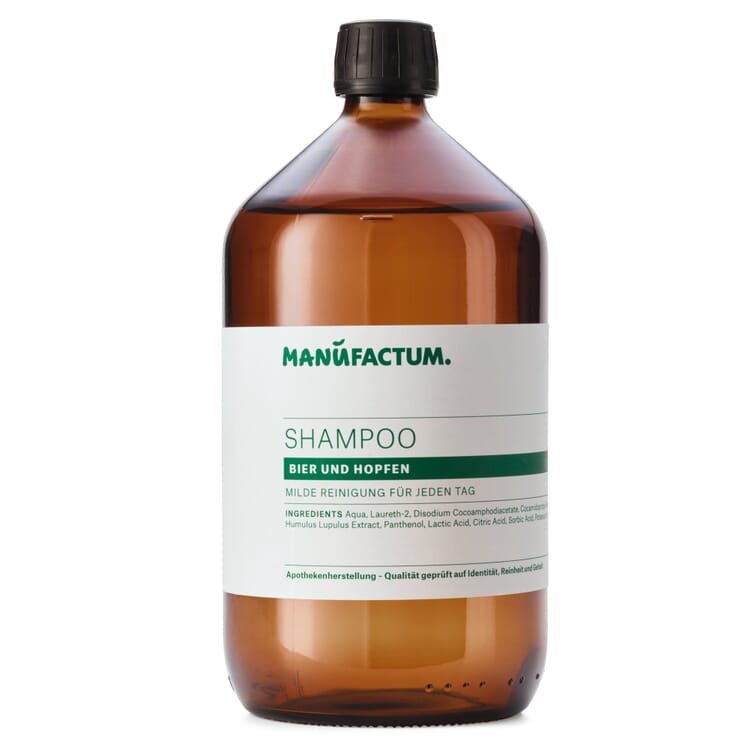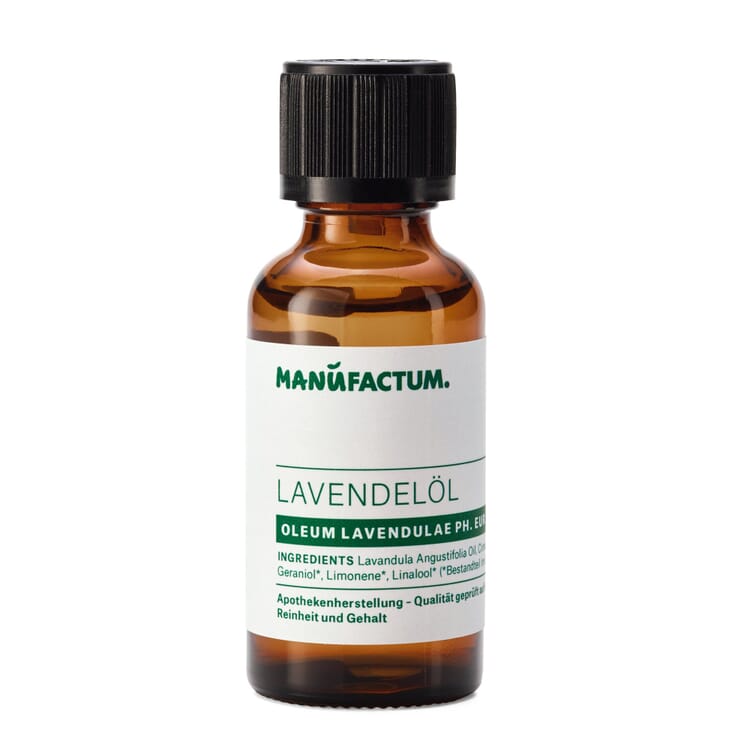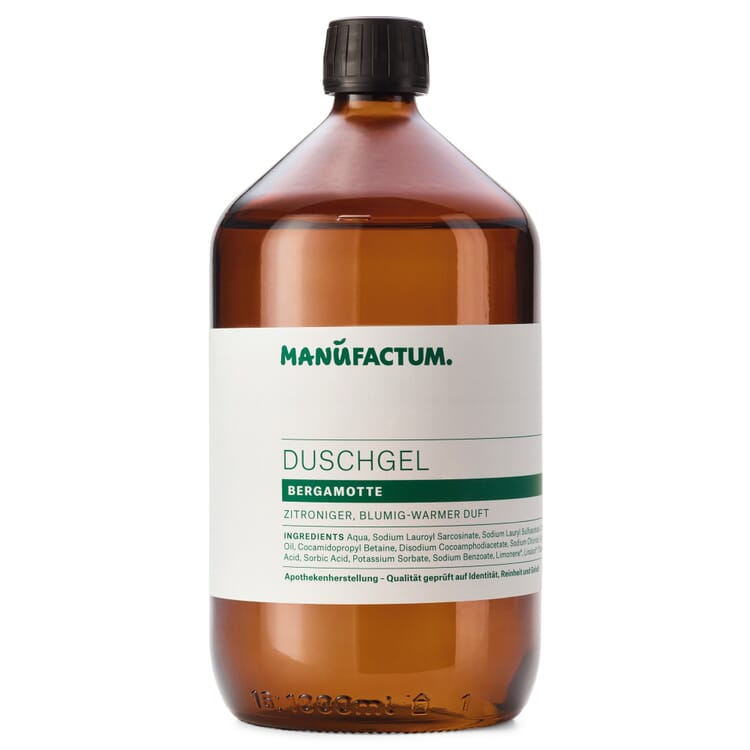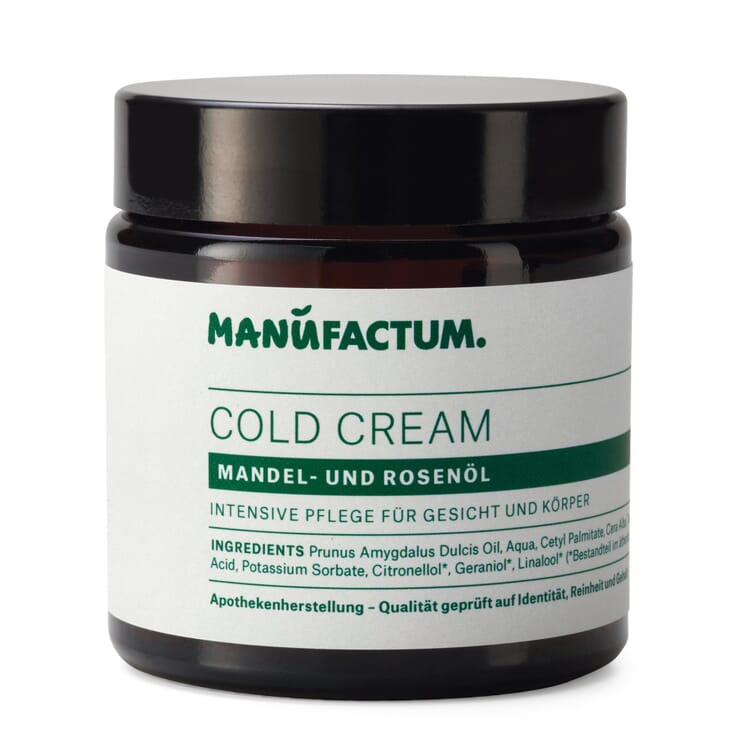- Aloe vera
- Apricot
- Argan tree
- Arnica
- Avocado
- Bay rum tree
- Bergamot orange
- Birch
- Carnauba Palm
- German Chamomile
- Bay laurel
- Common Sage
- Eucalyptus
- Fennel
- Norway spruce
- Clove tree
- Common Nettle
- Hops
- Magnolia
- Iceland moss
- Jojoba
- Coffee tree
- Cacao tree
- Camphor tree
- Shea tree
- Mountain pine
- Lavender
- Macadamia
- Almond Tree
- Lemon balm
- Myrrh
- Olive tree
- Orange tree
- Peppermint
- Calendula
- Rose
- Horse chestnut
- Soybean
- Tea tree
- Black cohosh
- Witch hazel
- Rowanberry
- Castor oil plant
- Lemon
Medicinal plants A|B|C
Birch (Betula spec.)

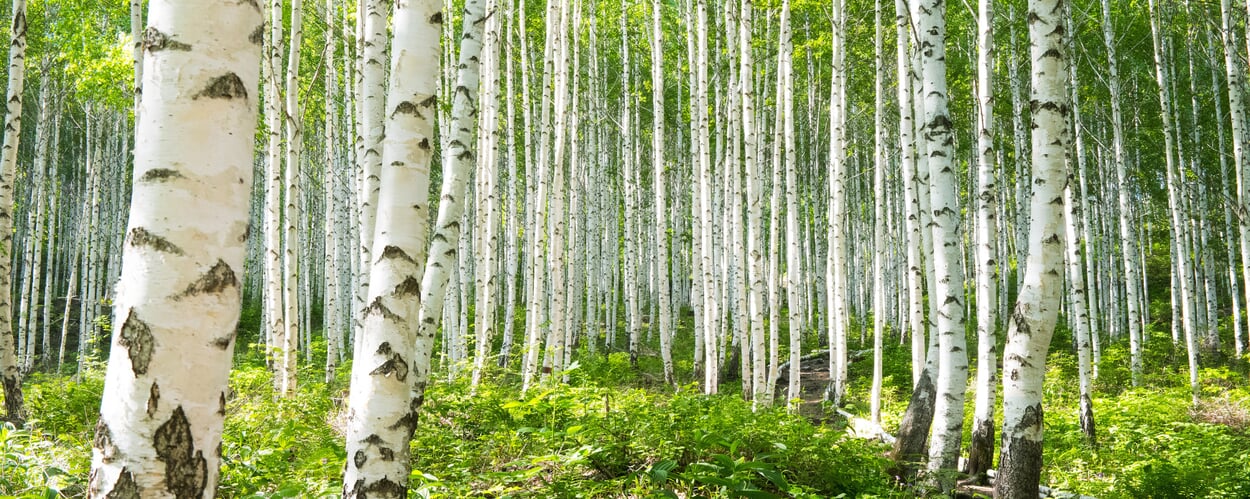
There are about 100 species of birch in the temperate climate zone of the northern hemisphere, pharmaceutically Moor Birch (Betula pubescens) and Hanging Birch (Betula pendula) are used. Both have typical white-black bark when young and are light-hungry site artists. However, one copes with particularly wet sites, the other with very dry ones. Their small, diamond-shaped leaves with their strikingly fresh, bright green are perfect harbingers of spring.
Origin of the birch
After the last ice age, birches were among the first trees to reclaim the areas freed from the ice, and even today they are pioneers in colonizing disused factory sites, construction pits and railroad lines. Especially in Scandinavian and Eastern European countries, when the birches awaken from their winter dormancy in spring, their trunks and branches are bored to a depth of 2 to 5 cm and the escaping water is collected. A large birch tree can yield up to 10 liters of birch sap per day and 200 liters per season. If more moderate amounts are taken and the hole is resealed with tree wax, the birch remains healthy.
Ingredients
Birch leaves contain about three percent flavonoids, which stimulate the metabolism, but especially the kidney function and thus have a strong diuretic effect. Essential oils and tannins have an antibacterial effect. The combination of both properties makes birch leaves the perfect remedy for urinary tract diseases. Birch water (= birch sap) tapped from trunks and branches is also used, it is considered anti-inflammatory and detoxifying. Because it contains, in addition to many vitamins and minerals, the xylitol known as birch sugar, its taste is slightly sweet.
Use of the birch

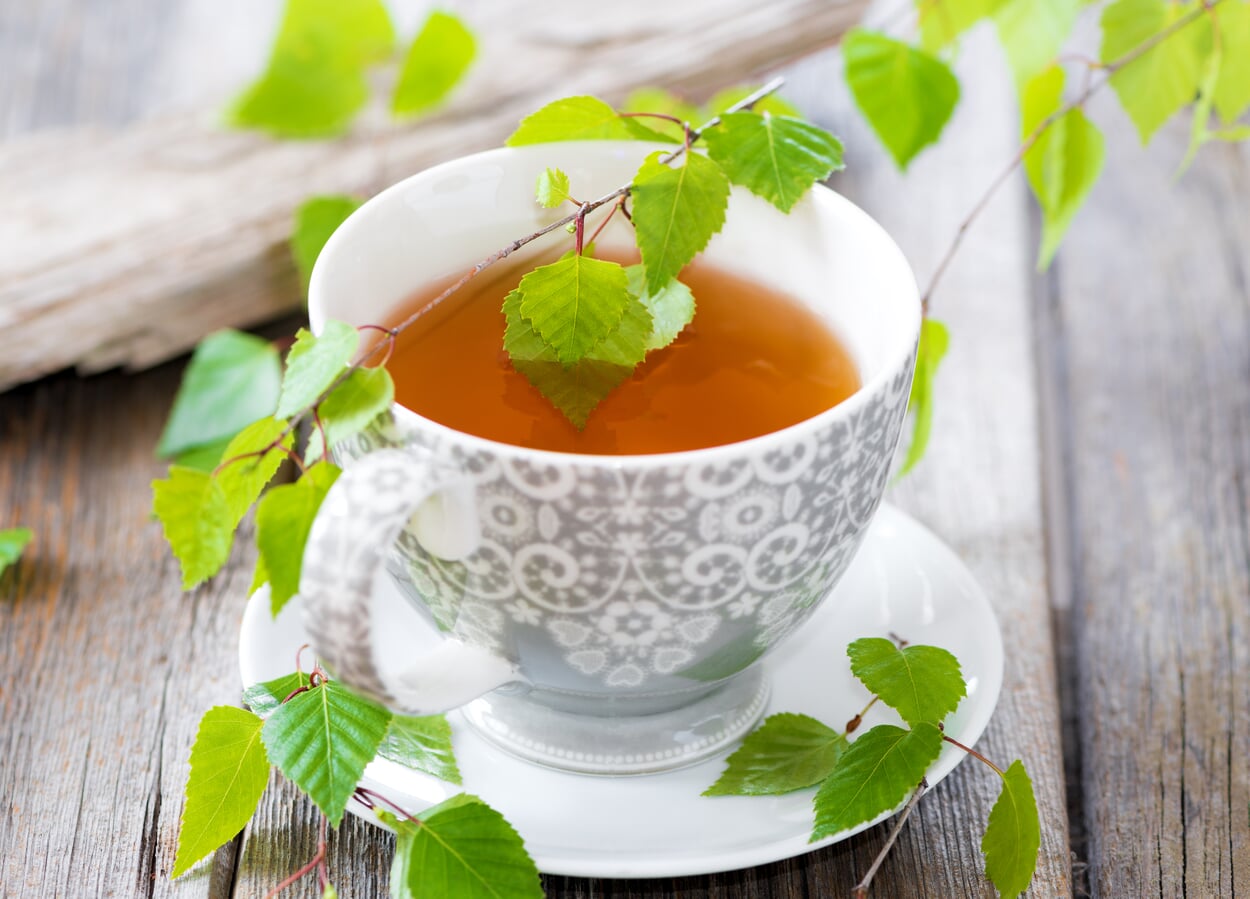
- Birch leaves and buds are used as a tea against kidney and bladder infections and to prevent kidney stones. Because the increased kidney activity also increased toxins are excreted, birch leaf extracts improve the complexion
- The circulation-promoting effect of the leaves relieves discomfort in diseases of the musculoskeletal system, so also gout and rheumatism
- Birch water can be used externally as a tonic for the scalp or drunk directly. As a hair growth and anti-dandruff agent, birch sap is found in many hair tonics, in this form of application it also ensures shiny hair.
Birch water can be enjoyed pure as a drink. However, the xylitol it contains has a toxic effect on some pets, including dogs.
Exclusive Manufactum body care products
Recommended Topics

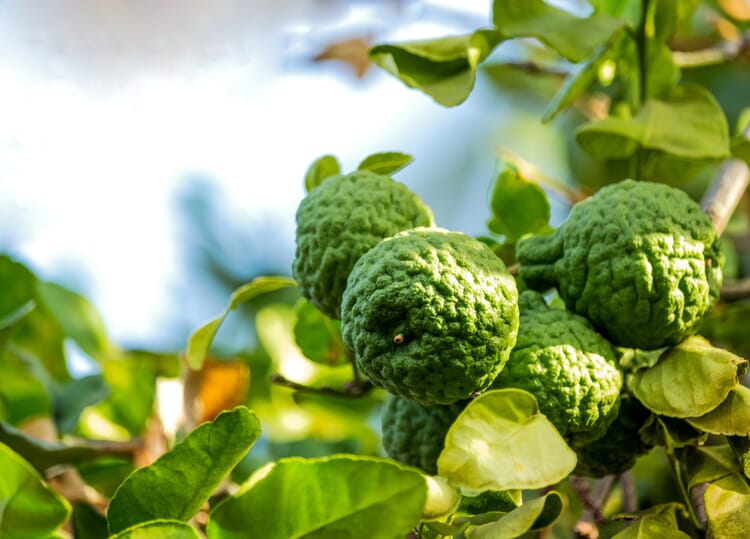
The evergreen bergamot originated in the 16th century as a cross between bitter orange and citron. The tree, which can grow up to four meters high, flowers only once a year, unlike other citrus plants. Its fruits are lemon yellow when ripe, about the size of tennis balls and particularly thick-skinned. These fruit shells make the bergamot so sought-after: the valuable bergamot oil is extracted from them by cold pressing - also known as "green gold".
View more
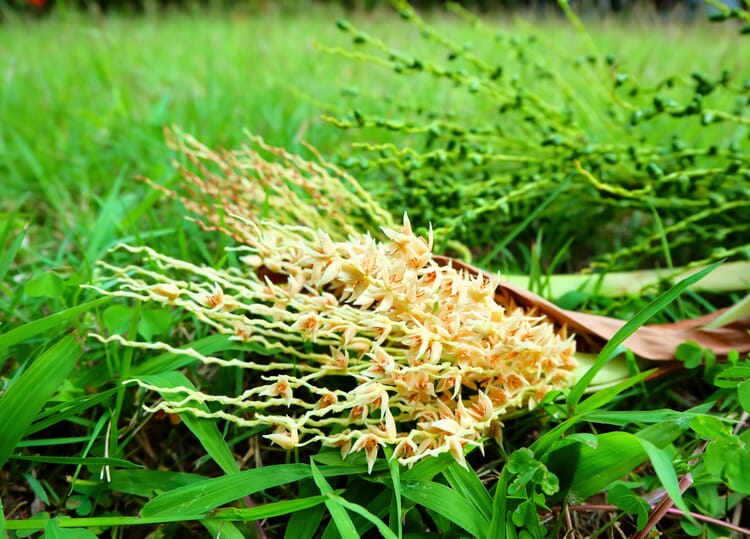
The carnauba palm grows up to 15 meters high. As an adaptation to dry seasons, its fan leaves, which are about two meters long, secrete fine wax flakes on their upper and lower sides, which protect them from excessive water evaporation. For 100 years, this wax was an important export of Brazil, but from the middle of the 20th century it was almost displaced by synthetic, petroleum-based substitutes. Today, the renewable raw material is being remembered again and used in a variety of ways.
View more

German Chamomile has been growing as a cultural companion near settlements, for example, along the edges of fields and on fallow land, since the late Stone Age. Early on, it also found a place in farm and monastery gardens as one of the most important medicinal herbs. The entire plant exudes the typical scent of chamomile, its leaves are multipinnate and feathery in appearance. From May to September, the flowers appear with a white corona and a yellow center, which becomes more and more bulging as the flowering period increases.
View more




